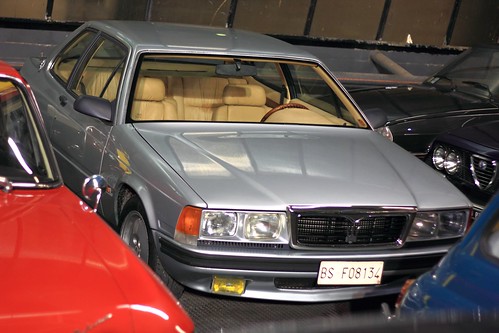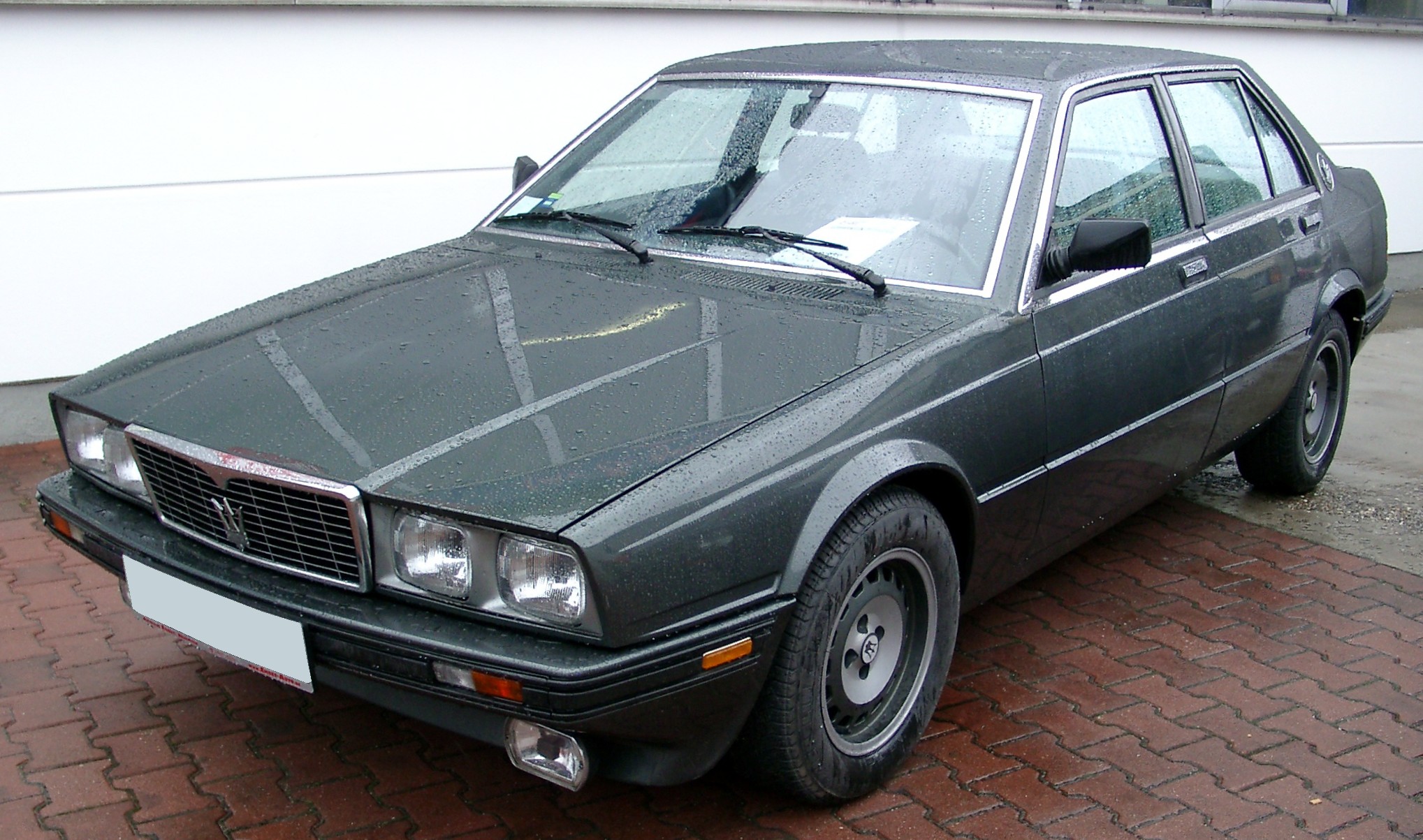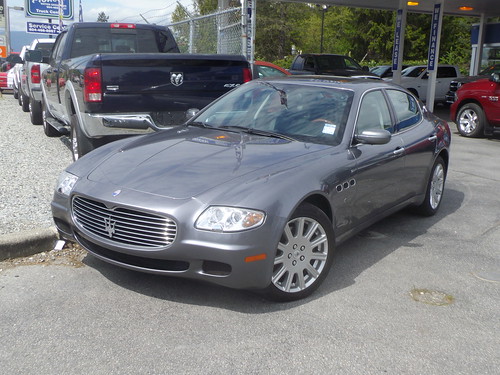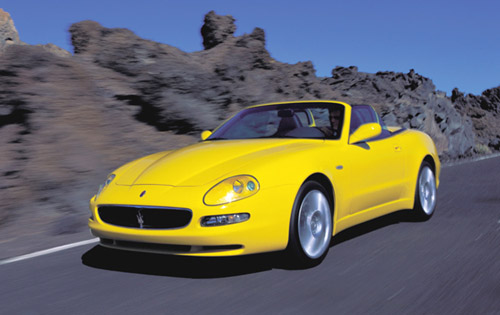
Interesting Facts About Maserati You Probably Don’t Know – Common Problems – and PDF Manuals for Download…
Maserati is an Italian car manufacturer that has made a name for itself by making four-seater sedan cars that can also deliver the performance of a proper sports car.
While this is the face of the company today, it had very different beginnings. In its earlier years, it was completely focussed on producing a limited number of racing cars.
Maserati was founded as a family business by the 5 Maserati brothers – Alfieri, Bindo, Carlo, Ettore and Ernesto.
In its early days, Maserati was not making cars under its own brand, and instead was making Grand Prix cars for Diatto.
When that company’s race car lineup went defunct, the Maserati began producing cars under its own brand.
The company had very early success in motor racing, with Alfieri Maserati winning the 1926 Targa Florio in one of the first Maserati cars.
In 1937, the ownership of the Maserati Company was passed on to the Adolfi Orsi family owned business.
The relocated the company’s headquarters to Modena, which is still its headquarters.
Some of the Maserati brothers continued working on engineering new cars in the company.
Thus Maserati continued having many successes in automotive racing, such as being the only Italian team to win the Indianapolis 500.
During the Second World War, Maserati focussed on war production instead of cars. After the end of the war, the company was able to get back on its own feet.
The Maserati A6 and its variants released after the war had a successful run in many competitions.
After the war, Maserati saw the influx of many talented engineers and notable race drivers, leading to various successes in motorsports racing.
Maserati remained a dominant player in car racing up until this point.
They discontinued racing after the fatal crashes that led to the closure of the Mille Miglia race in 1957.
After that, they focussed on making grand tourismo cars for use on road, though they continued to provide race cars for other private racing teams.
The major model of this time was the Maserati 3500 GT, which was first launched as a 2+2 coupe layout car, which was the first in a series of such cars to be launched by the company.
In 1963, the company introduced its first sedan, the Maserati Quattroporte.
In 1968, the French company Citroën took ownership of Maserati. Backed by the financial support afforded by Citroën, Maserati continued on to make many newer models.
Maserati also borrowed some of Citroën’s technologies, such as their hydraulic systems.
In 1971, the Maserati Bora was launched, the first mid-engine layout Maserati car with independent suspension.
Citroën also collaborated with Maserati to develop a new sedan, the Maserati Quattroporte II, using an enlarged V8 engine and the chassis of Citroën SM.
The 1973 Oil Crisis and the ensuing fall of demand for gas guzzling sports cars hit Maserati hard.
Italy was particularly hit very hard and had to implement various austerity measures. And since Maserati was heavily reliant on the domestic Italian market, they were hit much harder than export focussed businesses.
The smaller engine car Merak managed to sell some numbers, but it was nowhere near enough.
Maserati’s parent company, Citroën was also hit hard and went into bankruptcy deal with Peugeot.
It announced that it was dissolving Maserati, but the Italian government intervened to save Maserati in order to save local jobs.
A deal was reached, wherein the ownership of Maserati was sold to De Tomaso, an Argentinian industrialist, and a holding firm controlled by the Italian government called GEPI.
In this period, Maserati made various models using De Tomaso engines in its chassis.
In the 1980s, Maserati produced a coupe with a conventional design, front engine and rear wheel drive, but put a powerful twin-turbocharged V6 engine in it.
Various variants of this model were produced and saw good demand from the consumers.
De Tomaso bought all the shares of Maserati, and later in 1993 sold the ownership of the company to Fiat.
Fiat paired the company with Ferrari, which Fiat owned, giving full control to Ferrari.
Under Ferrari’s guidance, Maserati produced many models such as the Maserati Coupe, Spyder, GranTurismo and the GranCabrio.
The twin-turbocharged V6 was replaced by Ferrari’s naturally aspirated V8 engine.
Ferrari also made a significant investment and modernised Maserati’s Modena factory.
Maserati also introduced the MC12 based on the Enzo Ferrari car.
Later, Fiat Chrysler paired Maserati with Abarth and Alfa Romeo to develop a unified market strategy.
Even so, the upper tier offerings of most Maserati cars comes with a Ferrari derived engine.
Common Maserati Car Problems
Maserati poses a very appealing proposition, pairing a luxury salon with Ferrari derived engine, but they have been known to have some serious reliability issues.
And as with any other luxury sports car, once they do break down, they are pretty expensive to fix.
Hence, it is essential to have a good maintenance manual and follow the instruction to maintain and service your car regularly.
Regular maintenance can significantly improve the reliability of the car and reduce the risk of any major breakdown.
A technical manual is also an indispensable tool which can give some useful information about your car.
It includes various common issues related to your car and describes the early signs of any major problems and how to spot them.
Particularly for Maserati, you should be wary of these issues:
- The steering rack tends to leak, even without extensive use. This problem is common for various Maserati models. You should try to spot any signs of leakage as described in the manual. A major leak can cost a lot to fix.
- Another common issue pertaining to steering for Maserati is the failure of the hydraulic This can also be a major expense, and you will be unable to use your car without fixing it.
- The transmission of various Maserati models from the early 2000s was known to be unreliable and the clutch was susceptible to being worn out. This problem is less prevalent from 2007 and onwards, with the introduction of ZF transmission.
Conclusion
Maserati can be a rewarding car to own, provided that you are able to put up with a few of its quirks.
A technical manual and a repair manual will help you deal with the car’s reliability and servicing issues much better, thus making your car ownership experience much easier.
Purpose of this is to catalog and include one of most comprehensive, useful and accessible “automotive repair manual” database on the web for all Maserati models.
It’s your go-to source for learning all about Maserati – when you can’t find it elsewhere.
To get started, select the intended car model below…








